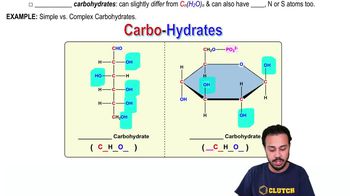Textbook Question
Add labels to the figure that follows, which illustrates some molecules that can and cannot pass through cell membranes unaided.
777
views
 Belk, Maier 6th Edition
Belk, Maier 6th Edition Is It Possible to Supplement Your Way to Better Performance and Health?
Is It Possible to Supplement Your Way to Better Performance and Health? Problem 5
Problem 5



Macronutrients . a. include carbohydrates and vitamins; b. should make up a small percentage of a healthful diet; c. are essential in minute amounts to help enzymes function; d. include carbohydrates, fats, and proteins; e. are synthesized by cells and not necessary to obtain from the diet
Which of the following is not a function of water? a. dispersing nutrients throughout the body; b. helping prevent cancer; c. helping to regulate body temperature; d. helping to regulate blood pressure
The main constituents of the plasma membrane are . a. carbohydrates and lipids; b. proteins and phospholipids; c. fats and carbohydrates; d. fatty acids and nucleic acids